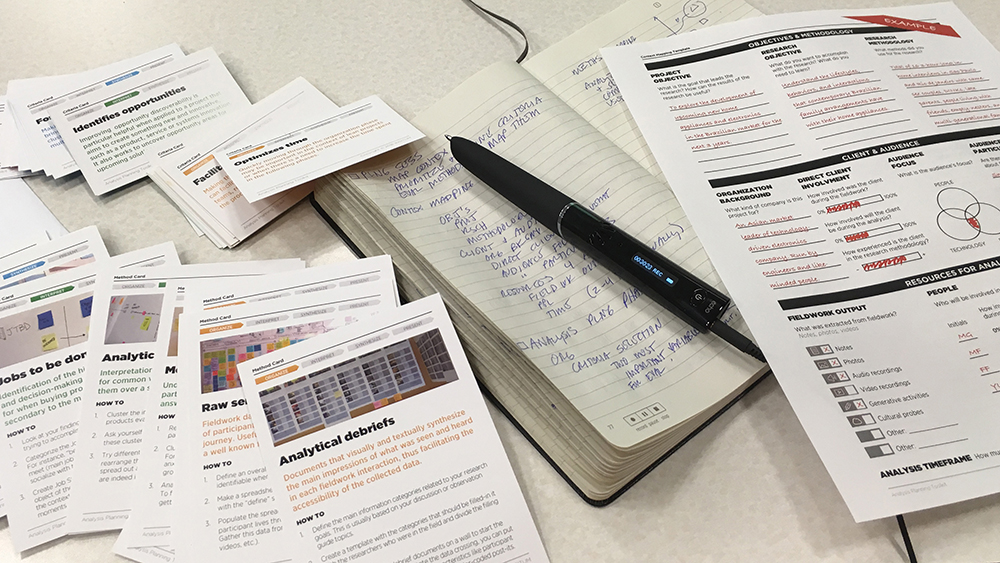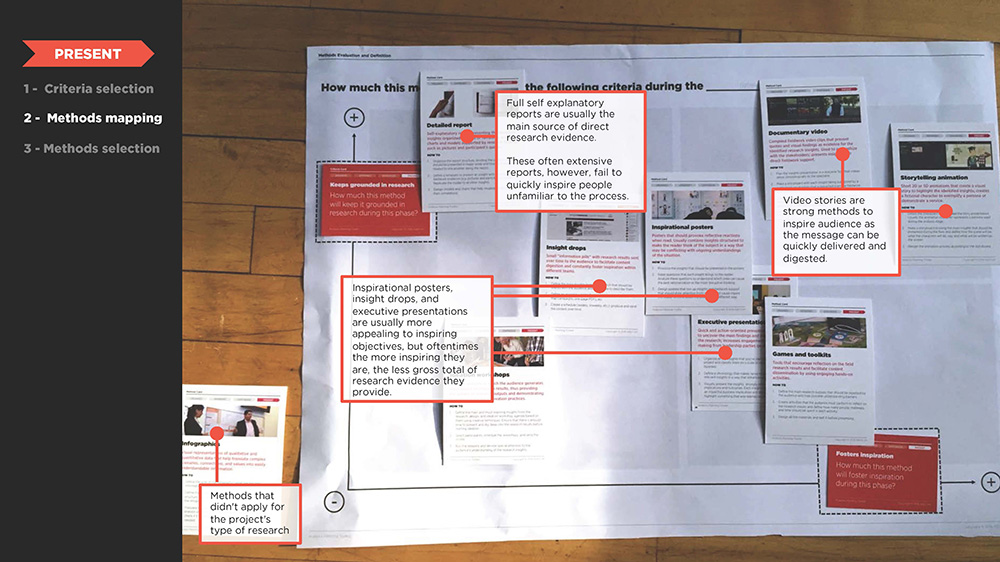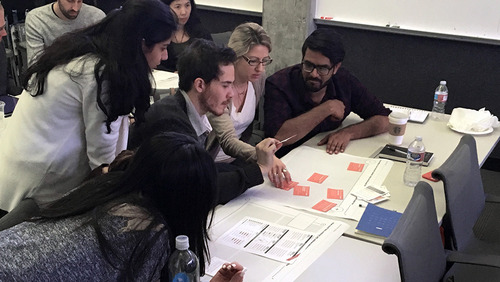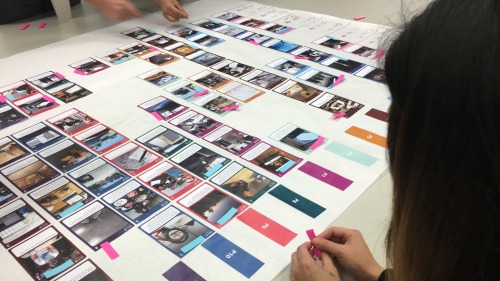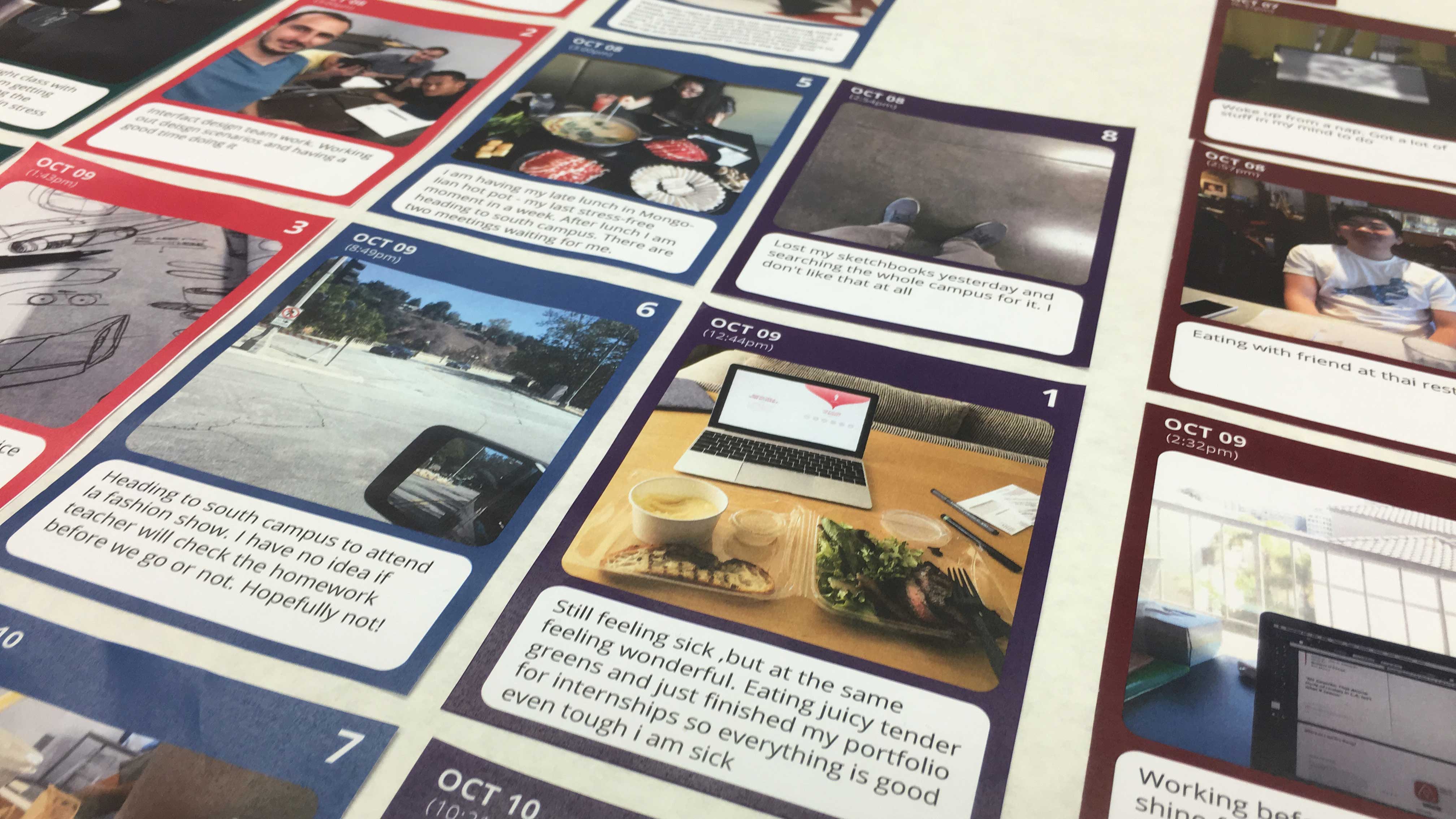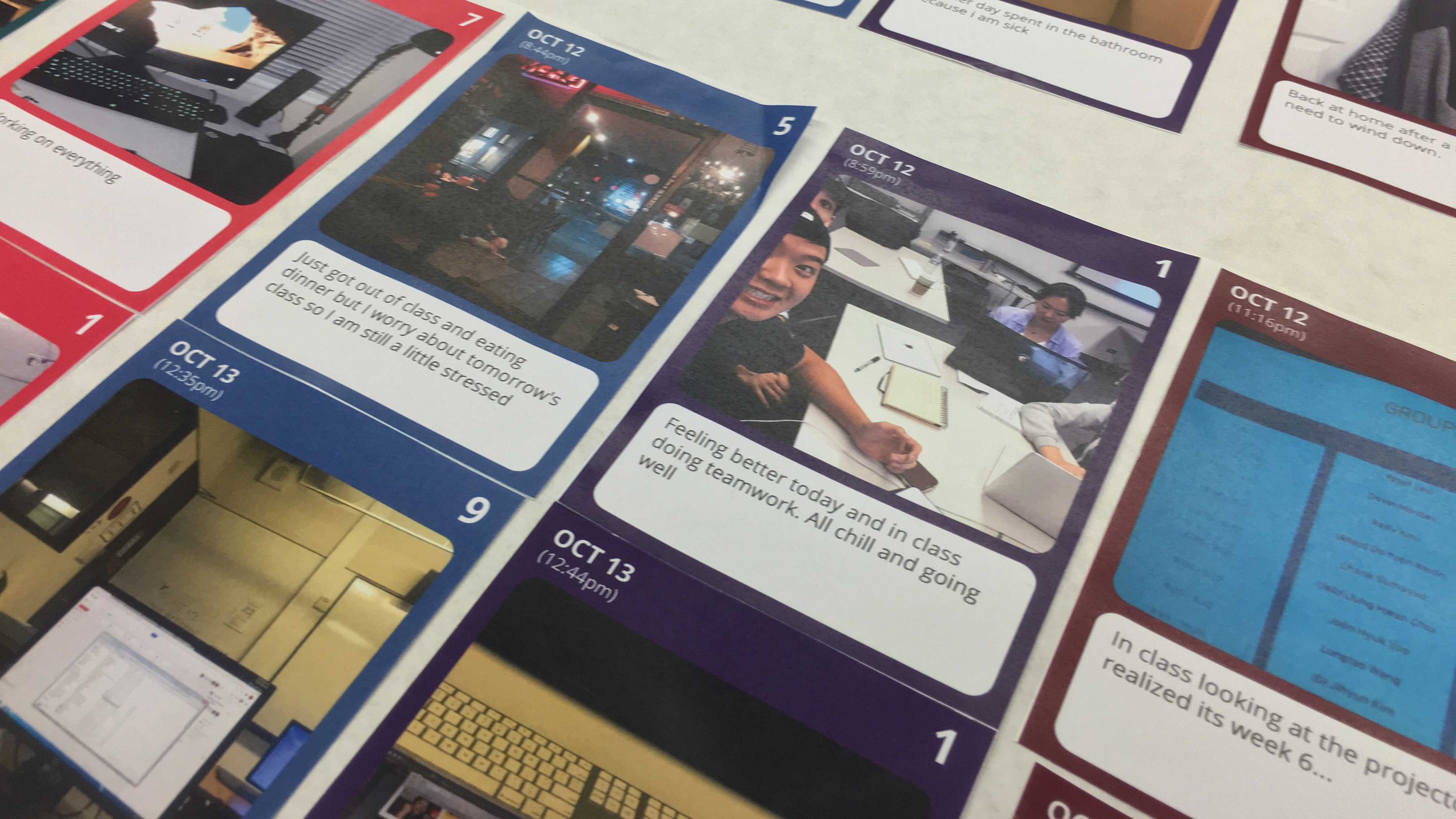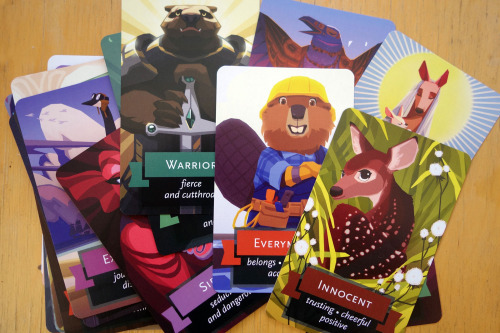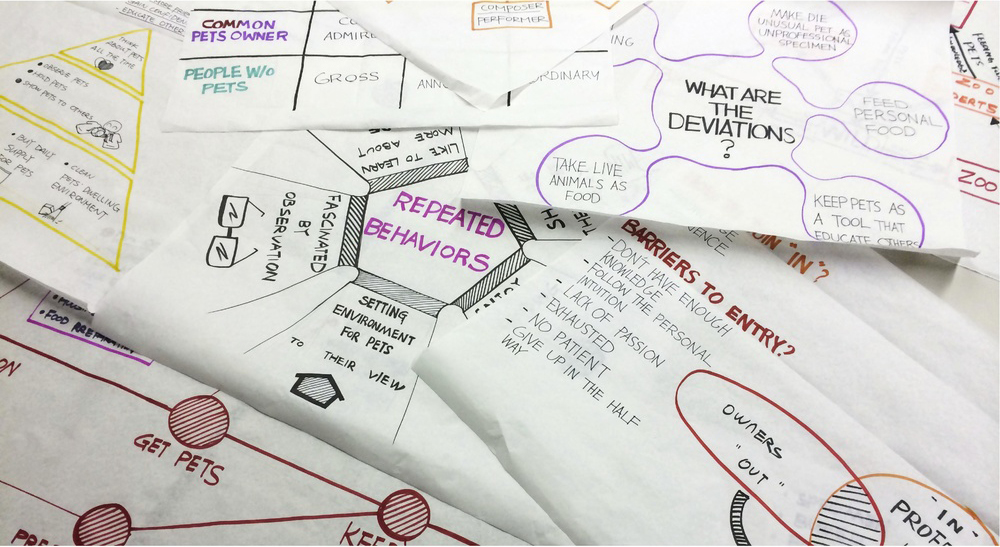River Journey Deck
 Sunday, April 26, 2020 at 11:34AM
Sunday, April 26, 2020 at 11:34AM 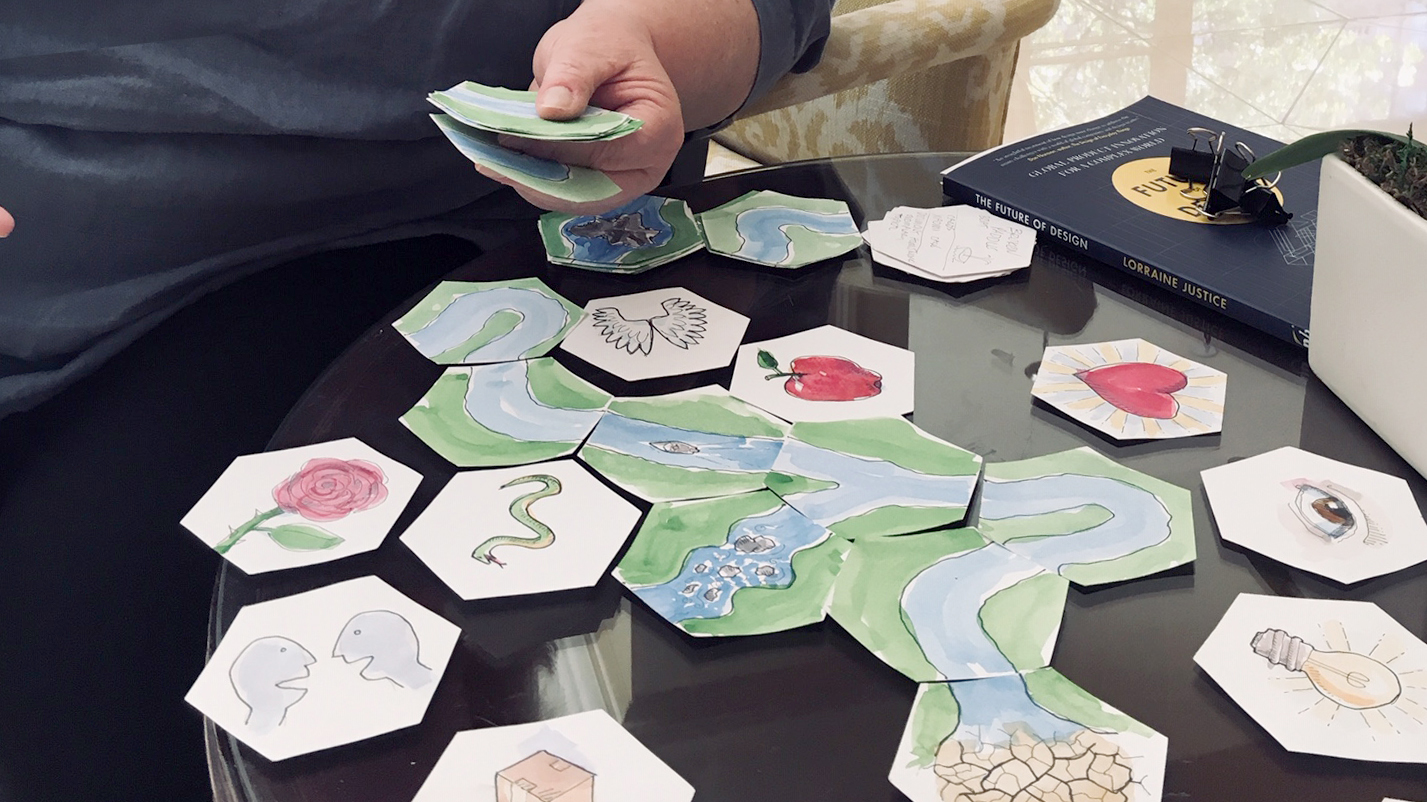
This is a mockup of a deck that uses the metaphor of a river to tell a story of a journey. The main path of the story is represented by cards representing segments of a river, with obstacles, smooth patches, stagnant pools, motor boats, and other features along the way. The picture cards can be used to add detail to parts of the journey and portray common metaphors or actions—an idea, angel wings, a seeing eye, a snake, and so forth.
A variant of this idea was used successfully by one of our alumni for research interviews describing participants' journey to wellness for the health care industry, and I'm hoping this will be a useful generative tool for qualitative interviews.
I am testing these cards on two types of material—regular and plastic playing-card stock. I am hoping that the plastic material can be written on with fine-point dry-erase markers. I'm providing five blank white cards so that participants can create their own cards if needed. If the plastic material is of good quality and can be a "write on, wipe off" surface, then this will be possible and the deck can be used for multiple interviews.
The printer I am using has a "marketplace" option on their web site that I plan to use if the deck turns out well—for both this deck and my Archetype Deck described in an earlier post. I continually have requests from colleagues, students, and alumni for copies of these decks, and this might be a way to make them available. We'll see how it goes. I should have the two samples in about a month.
 Katherine Bennett | Comments Off |
Katherine Bennett | Comments Off | 